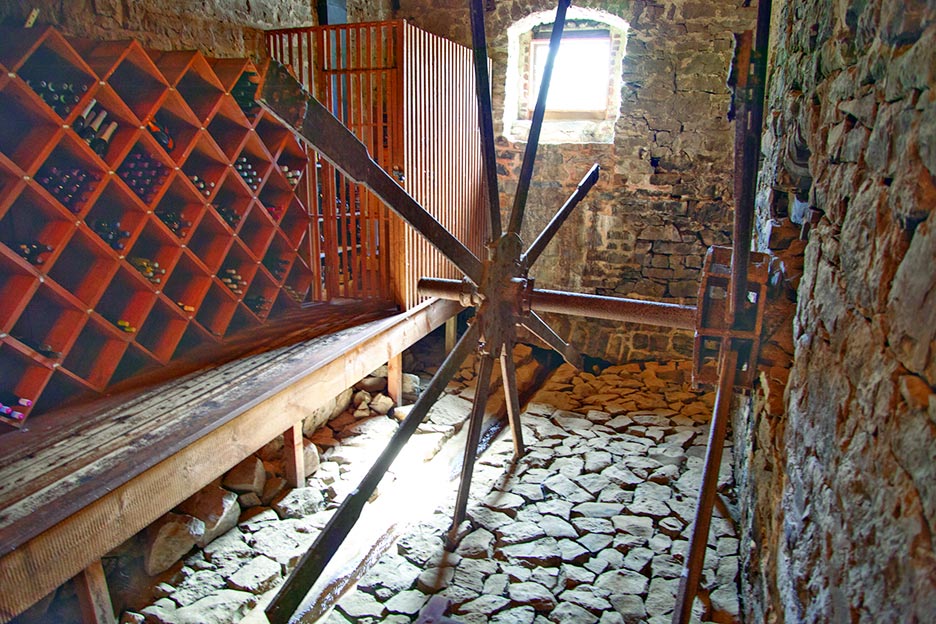The Lasting Legacy of Hope, NJ: An Early American Moravian Settlement
Peter J. Marcucci
Special Contributor
(hover over photos for descriptions)
In the early 1760s and throughout the tumult of the French and Indian War, Moravian settlers in the American colony of Georgia had been successfully sending missionaries from Bethlehem, PA to New York and New England along frontier roads, regularly passing through Greenland, New Jersey, a large area owned by Samuel Green, a Royal Surveyor for the Royal Governor of New Jersey. It was during these years that eventually the Moravians were befriended by Green and his wife, Abigail, and by 1768, the Greens had become so taken with the Moravians that they offered them approximately 1,000 acres – free. The Moravians did accept the land, but only after paying the sum of 1,000 British Pounds, as well as agreeing to supply food, hay, and firewood to the Greens for the rest of their lives. On March 7, 1769, a deal was finalized and the Moravians began designing the town that was soon to be renamed Hope. This is part of their story, and legacy, in photos.




